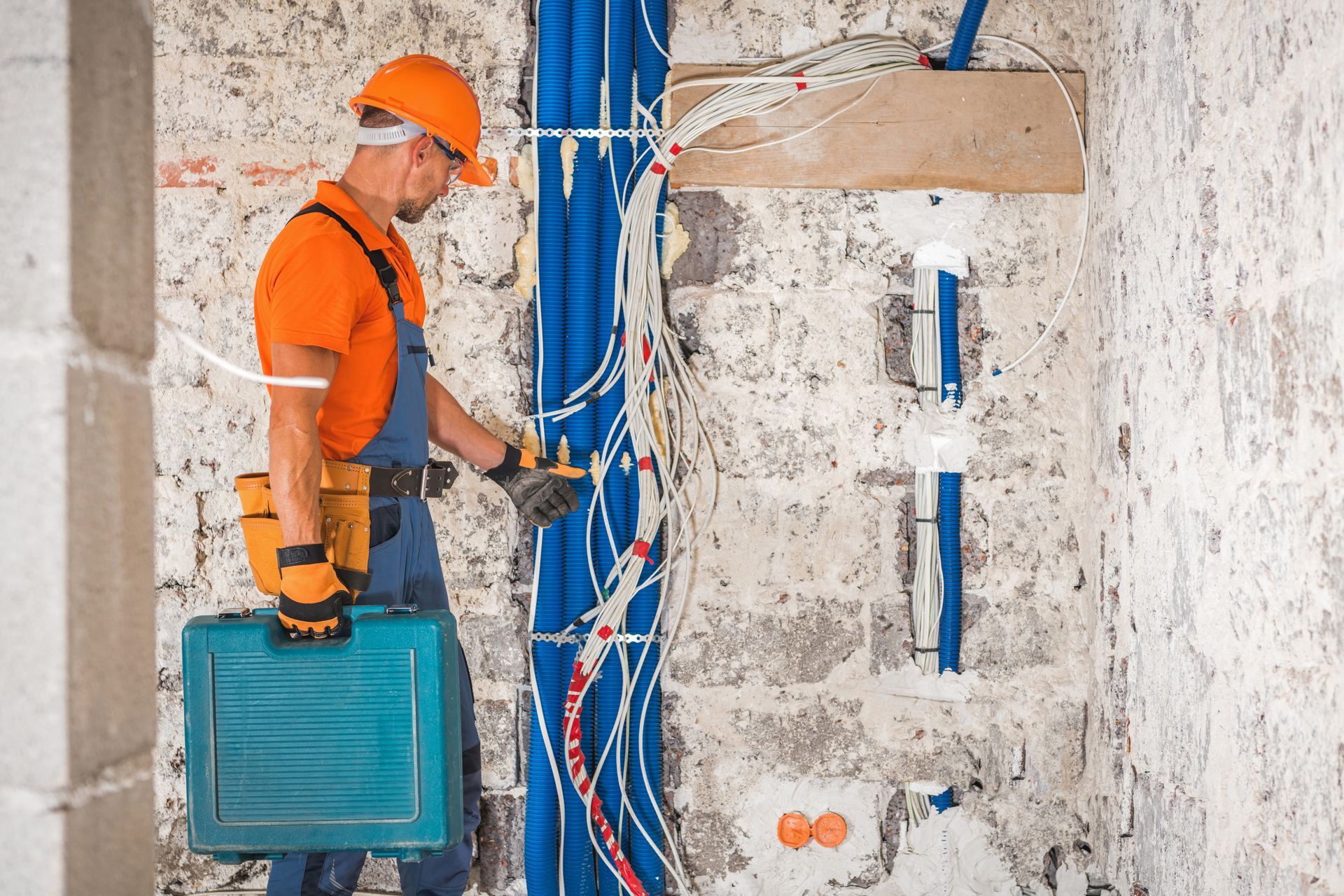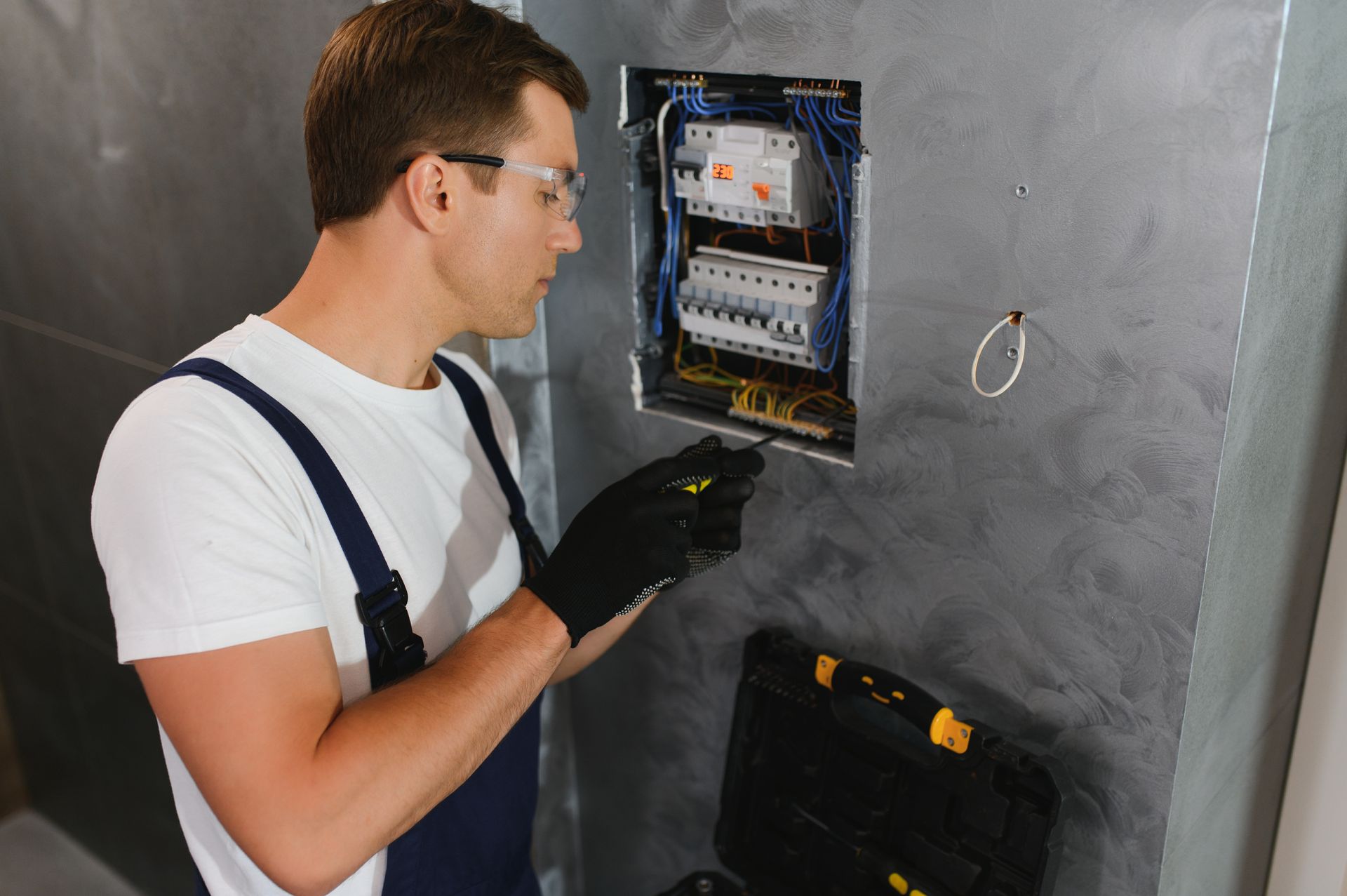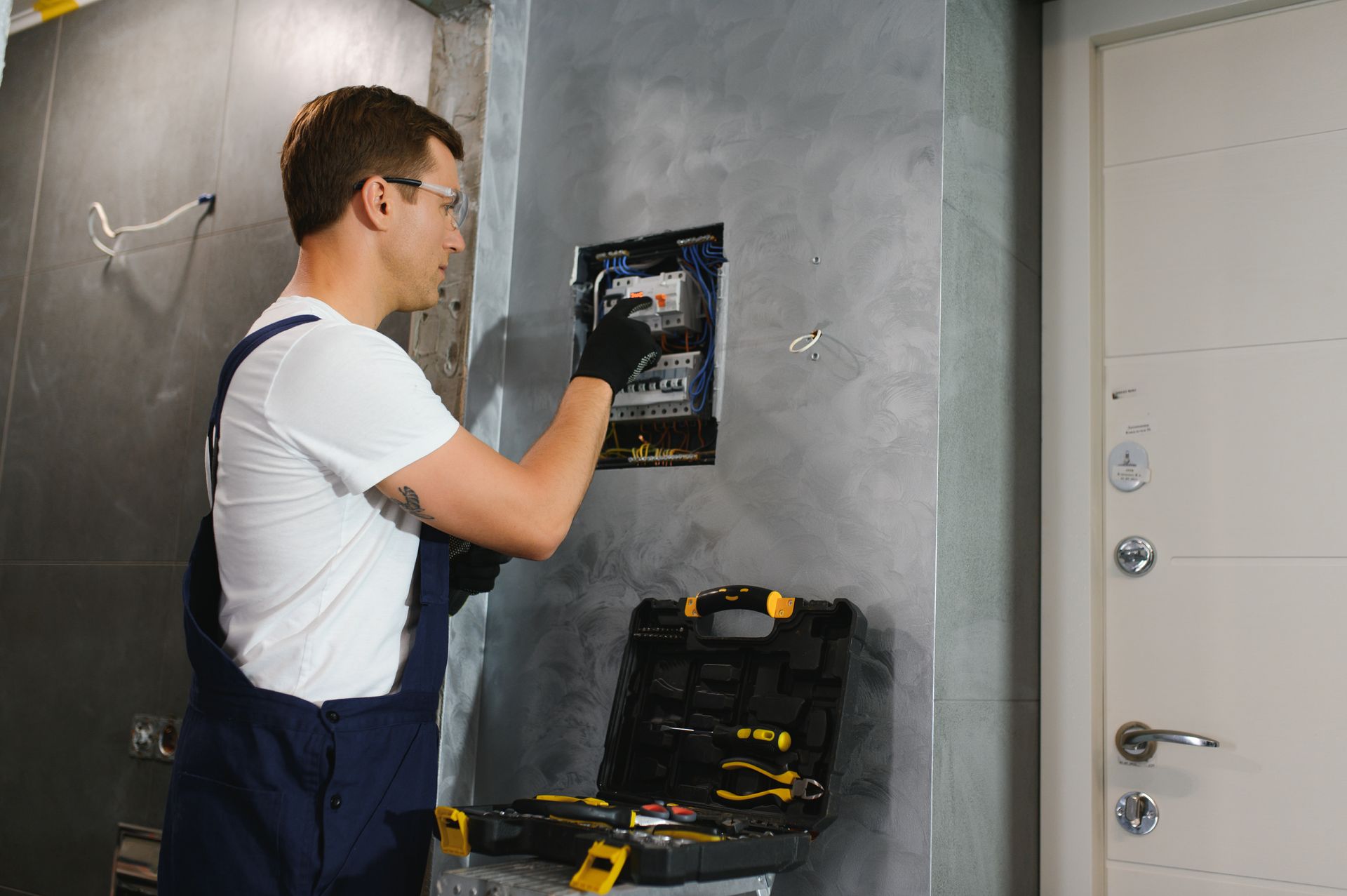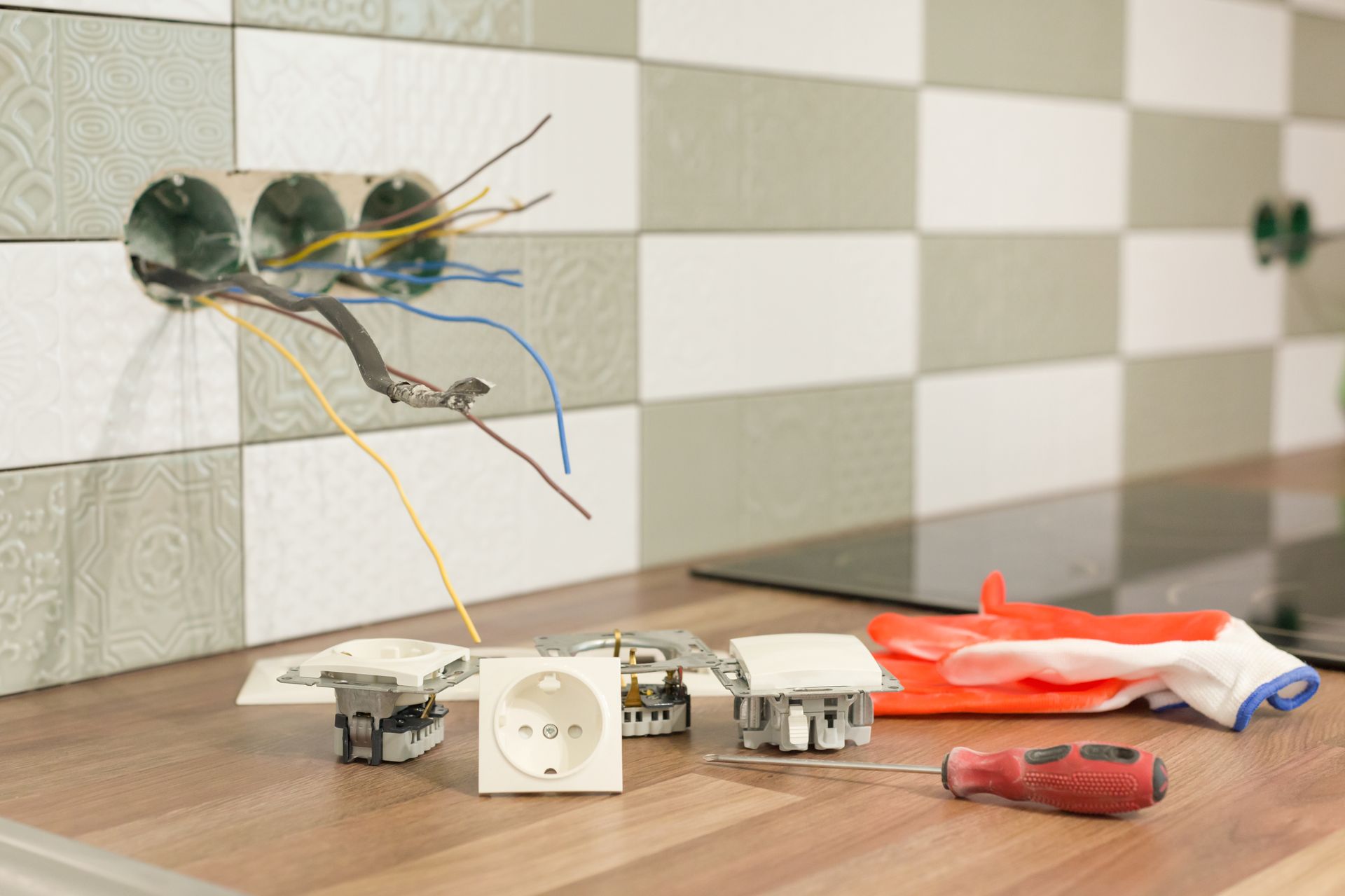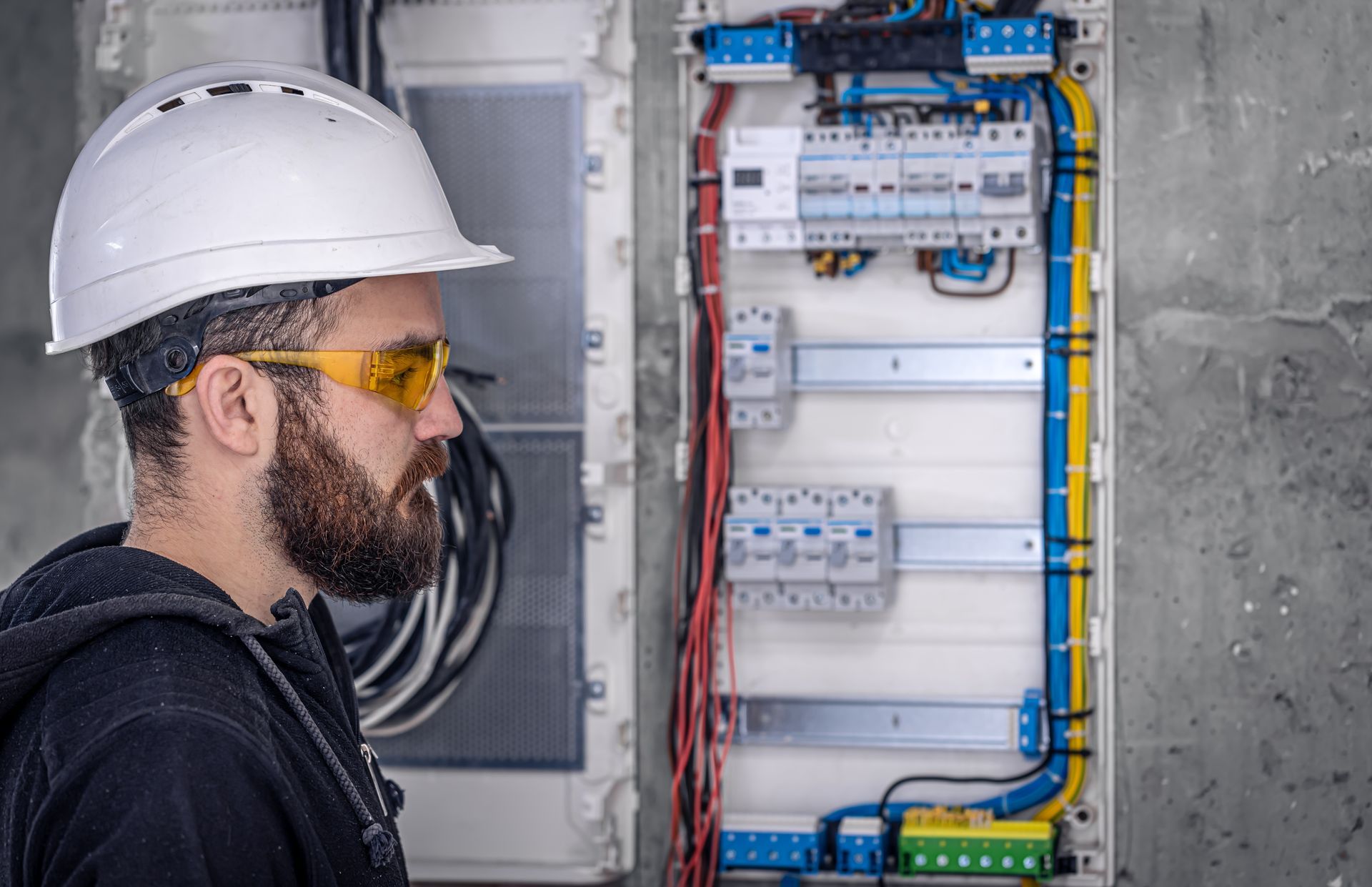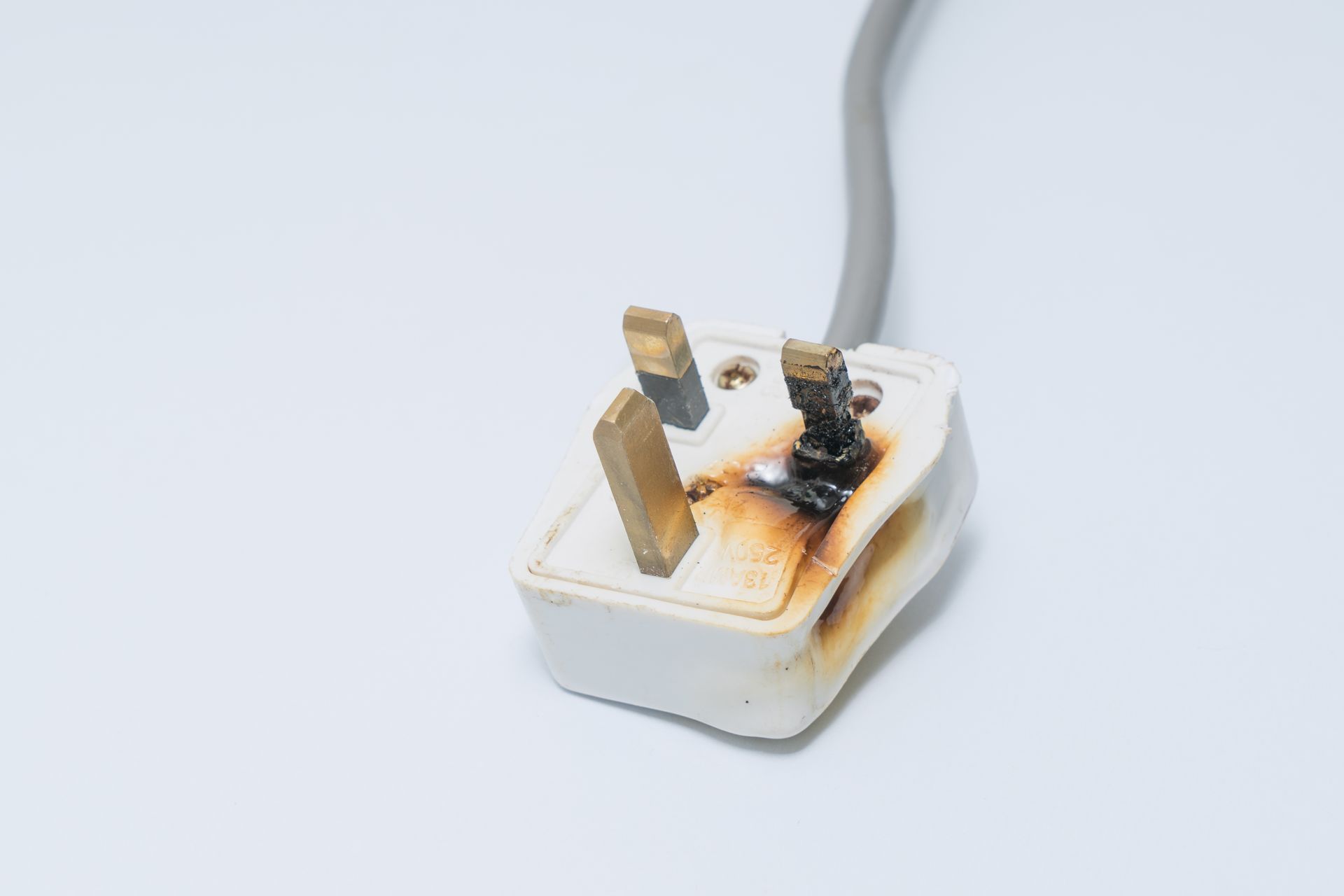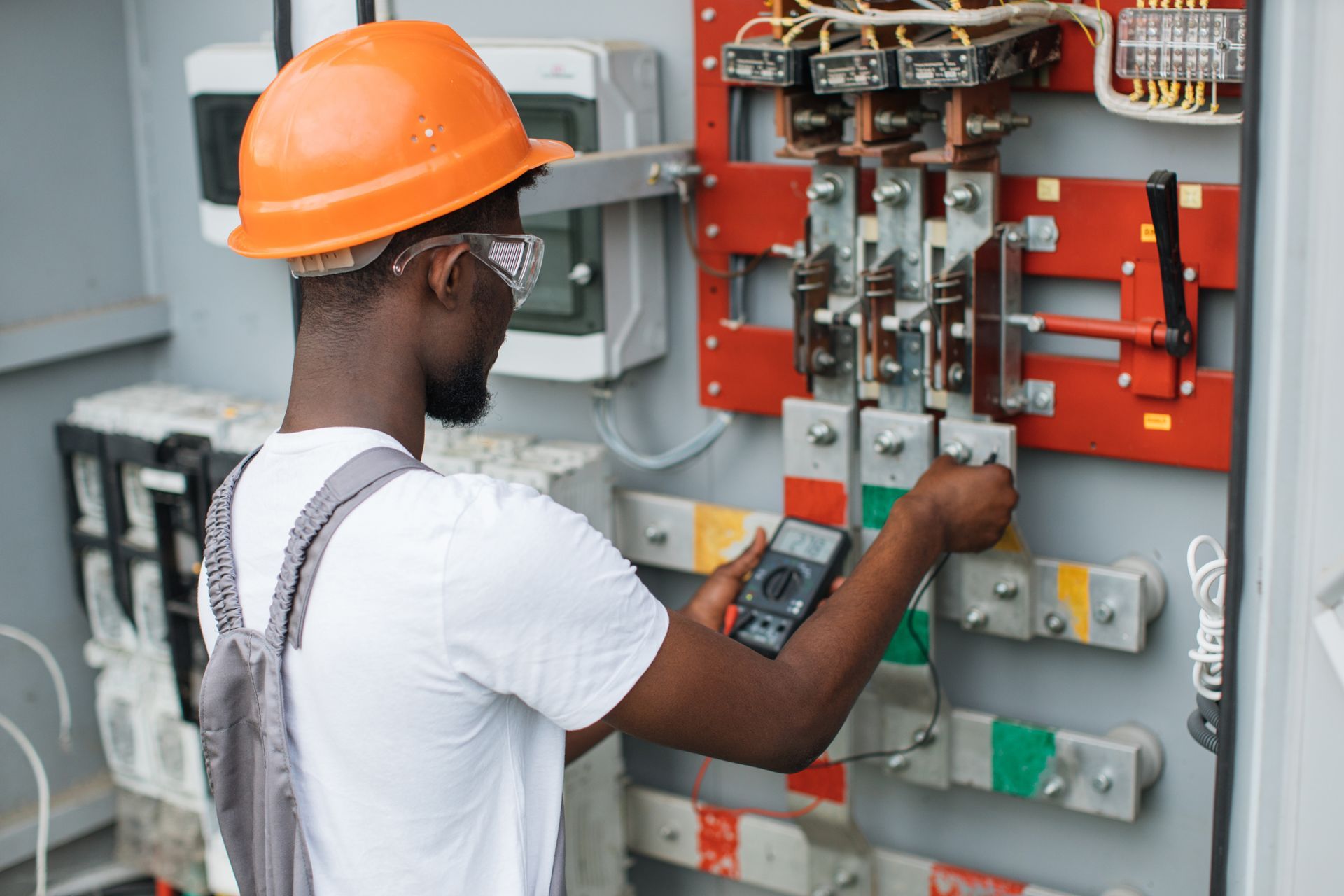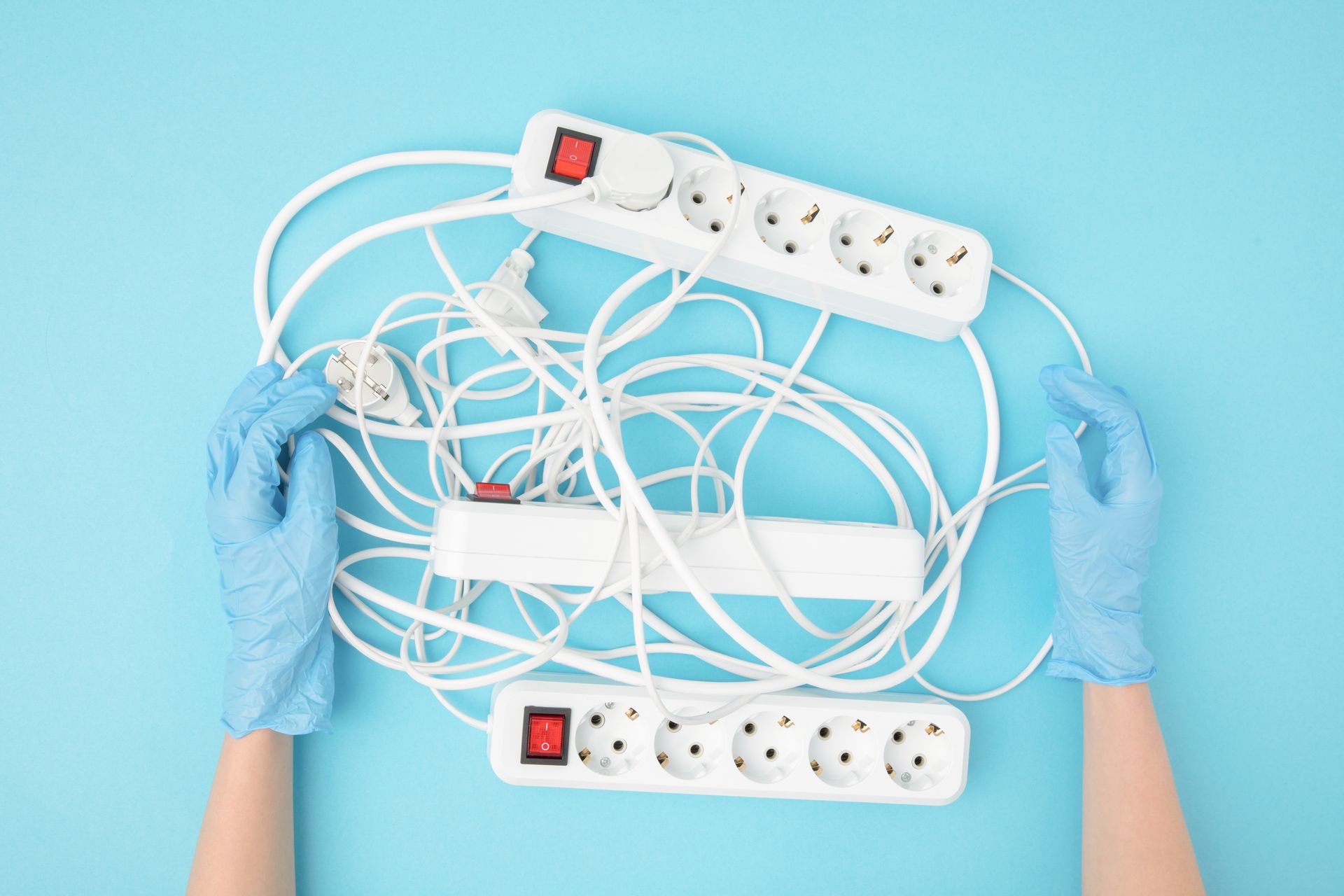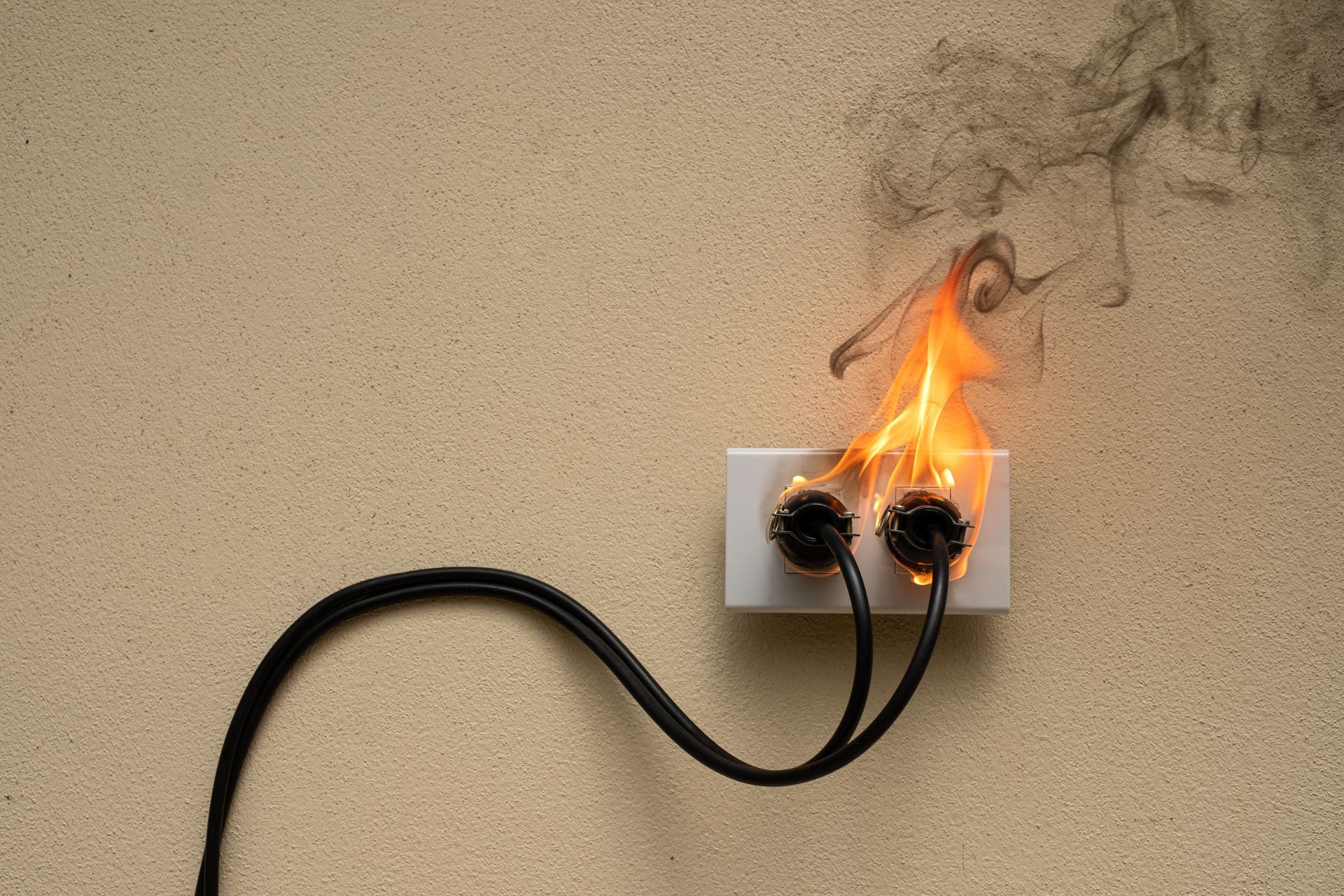Saving Energy at Home with the Help of Circuit Tracing
Saving Energy at Home with the Help of Circuit Tracing
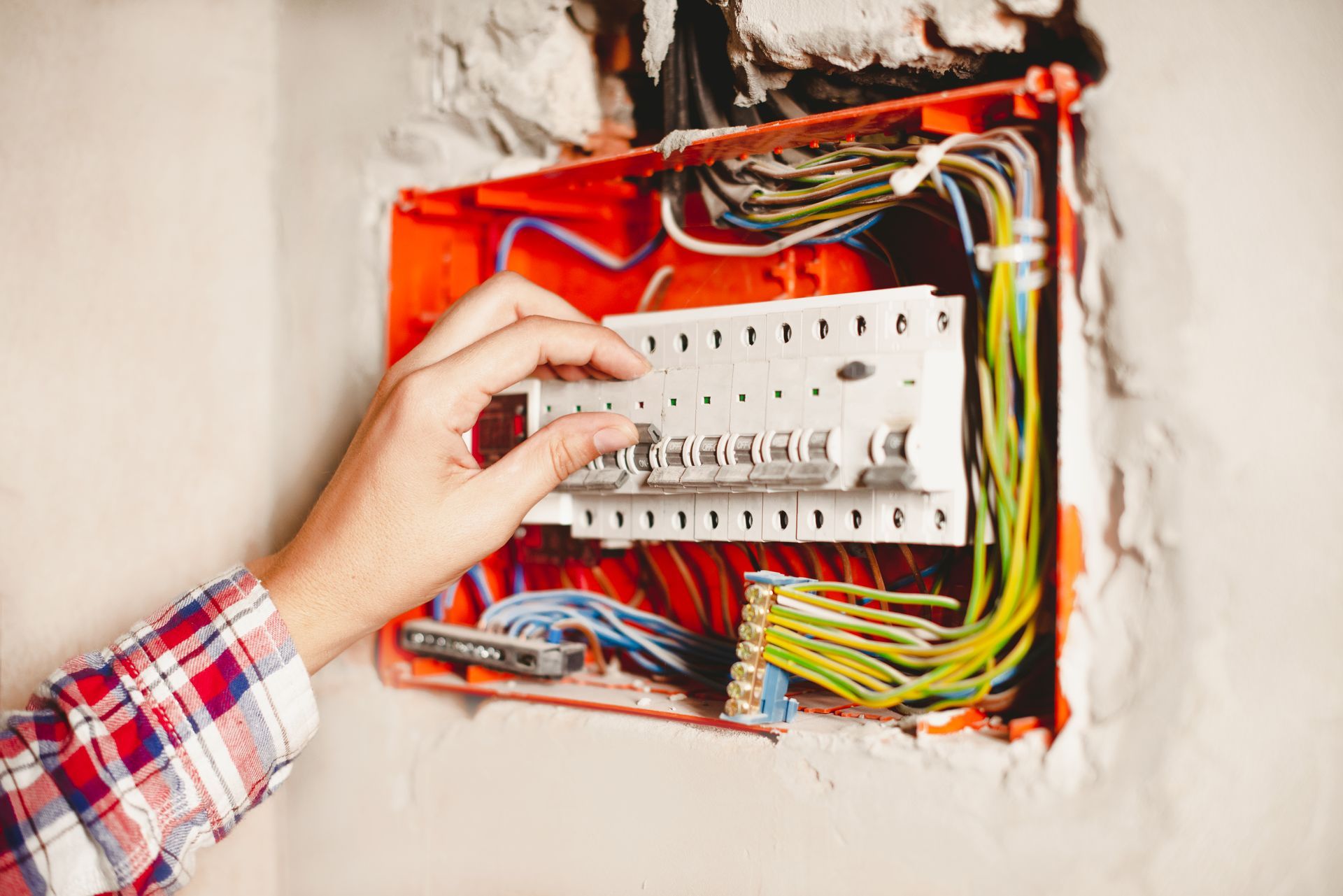
As homeowners become increasingly aware of their energy consumption, finding efficient ways to reduce energy usage has never been more important. While there are many strategies to save energy at home, one often overlooked but highly effective method is circuit tracing. This technology offers a precise approach to managing your home's electrical system, helping you identify energy-draining circuits and optimize your overall energy usage.
What is Circuit Tracing?
Circuit tracing is a process used to map out the electrical circuits in your home. It involves using specialized equipment to trace the path of electrical wires, identify circuit connections, and pinpoint the locations of outlets, switches, and appliances on each circuit. By understanding the layout of your electrical system, you can gain valuable insights into how energy flows through your home and where inefficiencies may exist.
How Circuit Tracing Helps Save Energy
- Identifying Energy Drains: Circuit tracing allows you to identify circuits that are consuming more energy than necessary. For instance, if a particular circuit is powering outdated or inefficient appliances, the tracing process will highlight this issue. You can then take action by replacing or upgrading these appliances to more energy-efficient models, thereby reducing your overall energy consumption.
- Optimizing Circuit Usage: By understanding how your electrical circuits are connected, you can optimize the usage of each circuit. For example, you might discover that certain high-energy appliances are connected to the same circuit, causing unnecessary strain on your electrical system. Rebalancing the load by redistributing appliances across different circuits can prevent energy overloads and improve efficiency.
- Enhancing Safety and Reducing Waste: Circuit tracing not only helps with energy savings but also enhances the safety of your home. Identifying and addressing faulty wiring or overloaded circuits can prevent potential electrical hazards. By ensuring that your electrical system operates smoothly and safely, you can avoid energy wastage caused by faulty connections or unnecessary power usage.
- Supporting Smart Home Integration: For homeowners looking to integrate smart home technology, circuit tracing is an invaluable tool. By mapping out your electrical system, you can strategically install smart devices such as programmable thermostats, energy-efficient lighting, and smart outlets. These devices can be programmed to operate only when needed, further reducing energy consumption and contributing to a more efficient home.
- Preventing Phantom Loads: Phantom loads, also known as standby power, occur when appliances and electronics consume energy even when turned off. Circuit tracing can help identify circuits where phantom loads are prevalent, allowing you to take measures to minimize this wasted energy. Unplugging devices or using smart power strips that cut off power when devices are not in use can significantly reduce phantom loads.
The Benefits of Professional Circuit Tracing
While DIY methods exist for basic circuit mapping, professional circuit tracing services, like those offered by TraceTech Solutions, provide a more comprehensive and accurate analysis of your electrical system. With advanced equipment and expertise, professional technicians can identify hidden issues, optimize your circuits, and recommend energy-saving solutions tailored to your home.
By investing in circuit tracing, you not only enhance the efficiency of your electrical system but also take a proactive step towards reducing your energy bills and promoting environmental sustainability. The insights gained from circuit tracing can guide you in making informed decisions about appliance usage, home upgrades, and energy management strategies.
Conclusion
Circuit tracing is a powerful tool that goes beyond simple energy-saving tips. It provides homeowners with a detailed understanding of their electrical system, enabling them to identify energy drains, optimize circuit usage, and enhance safety. By incorporating circuit tracing into your energy-saving plan, you can make significant strides in reducing your energy consumption and creating a more efficient, cost-effective home. Whether you're looking to cut down on energy costs or simply want to make your home more environmentally friendly, circuit tracing is an essential step toward achieving those goals.


